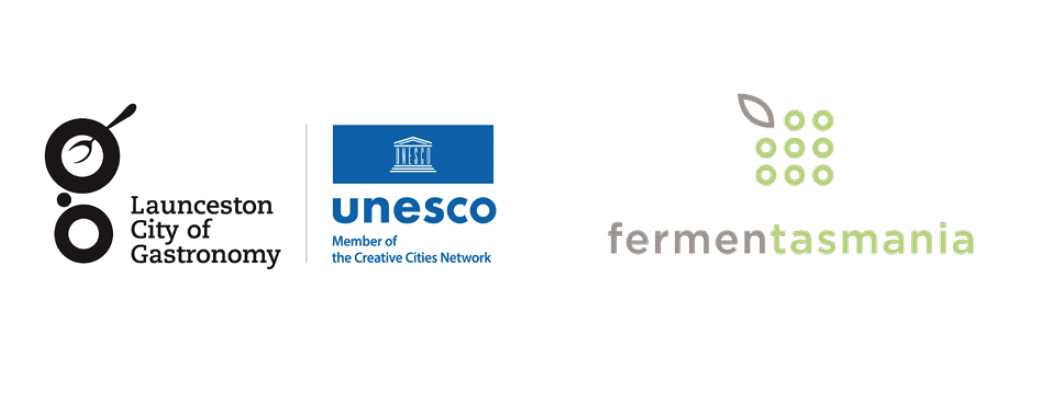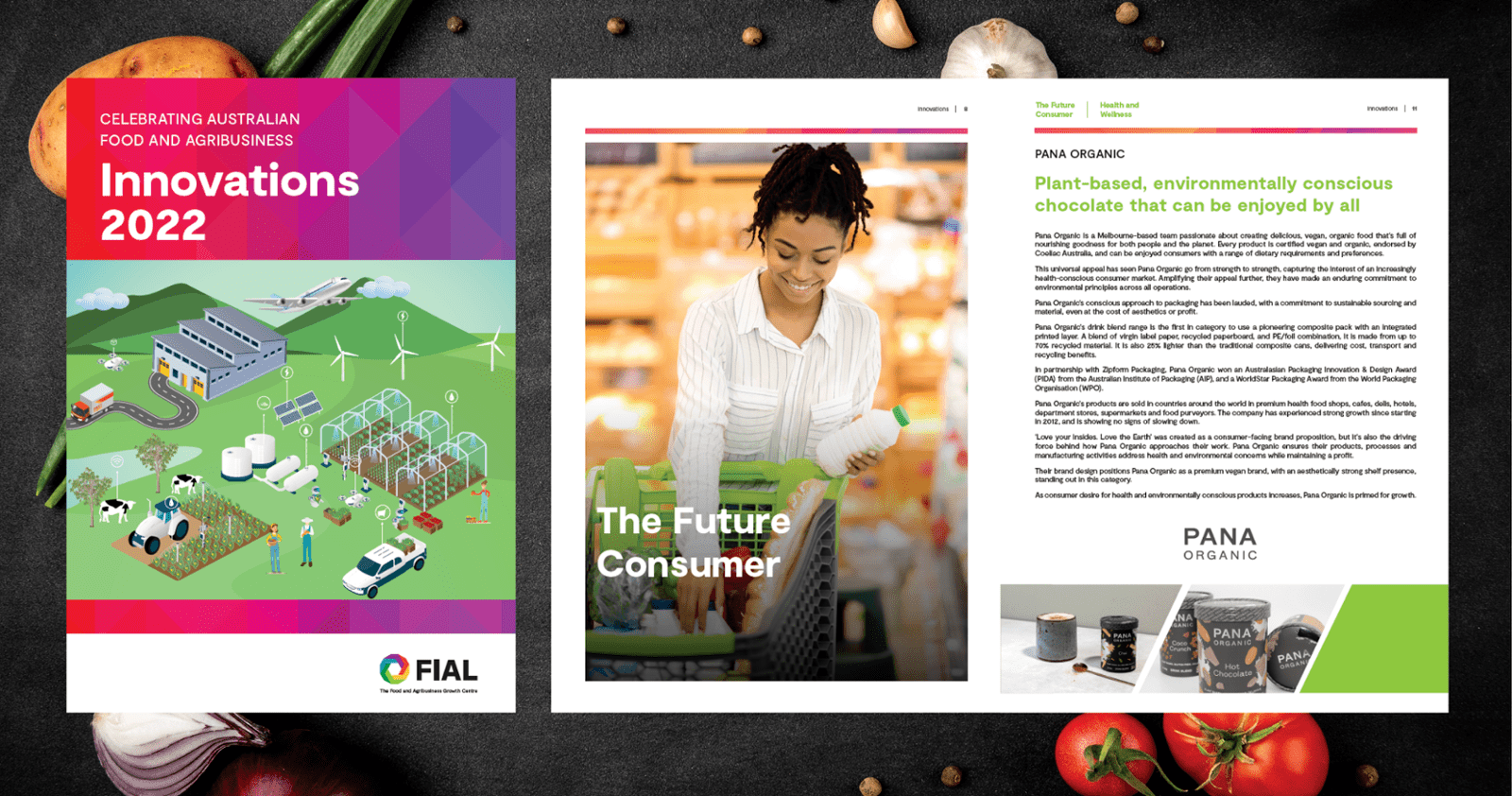Capturing the Prize: the A$200 billion opportunity for Australia's food and agribusiness sector/ Food Security and Sustainability / Urban agriculture
Opportunities to improve the scale and efficiency of food grown in urban environments by tapping into an increasingly urbanised population, public desire to reconnect with food production, their concerns over food sustainability and the reduce the energy cost of food transport.
Launceston in Northern Tasmania has been designated a UNESCO Creative City of Gastronomy, joining 48 other cities in the global network.
This means the region of Northern Tasmania, which is home to hundreds of farms, orchards, vineyards, artisanal and scaled producers, has been recognised as one of the world’s best food destinations.
It gives the city a cohesive, accessible, and intuitive identity and brand, which will attract global visitors to the city. Crucially, it will also allow producers and growers to tap into new global markets.
The activities and projects that underpinned the bid will unify the food system from paddock to plate, adding value, providing jobs and careers, improving social outcomes, and help target the UN 2030 Sustainable Development Goals. They will be delivered through Launceston Gastronomy under the newly formed not-for-profit entity, Tasmanian Agrifood Network Ltd.
Recognition as a City of Gastronomy was the result of a collaborative process that reached across the local food system and involved representatives from industry, community, local government, and educational and regional organisations. It was three years in the making and was enabled by funding from the University of Tasmania and the Great Regional City Challenge and work from organisations such as FermenTasmania.
The newly formed Tasmanian Agrifood Network, based in Launceston, was awarded $150,000 in funding under the Food and Agribusiness Growth Centre (FIAL) Cluster Program. It is made up of a broad swathe of representatives from the region’s business, food, local government, tourism and not-for-profit sectors – all coming together to champion and further develop the region’s gastronomical heritage.
The region’s annual agricultural production of $700 million and food and beverage production of $177 million is set to be turbo-charged, creating a sustainable future for the city.



